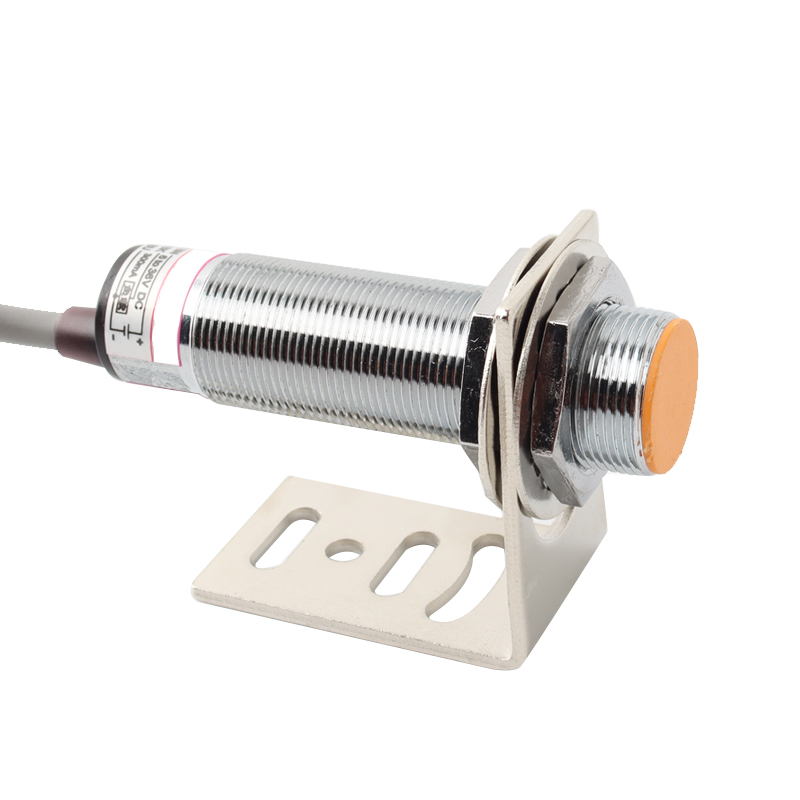An oscillator, one of the three components of an inductive proximity switch sensor, generates an alternating magnetic field. When the metal object is close to this magnetic field and reaches the induction distance, the eddy current will be generated in the metal target, which will lead to oscillation attenuation and even stop vibration. The oscillating and stopping changes of the oscillator are processed by the rear amplifier circuit and converted into switching signals, which trigger the driving control device, so as to achieve the purpose of non-contact detection.
Inductive proximity switch sensor does not need mechanical contact with moving parts, and the sensor surface can automatically sense the target action, thus generating drive and directly generating instructions.
Inductive proximity switch sensor can be well used in general stroke control, its service life, positioning accuracy, operation frequency, easy installation and adjustment, as well as the ability to apply to harsh environment, is not comparable to the general mechanical switch. Therefore, it can be widely used in light textile, machine tool, printing, metallurgy, chemical industry and other industries.
